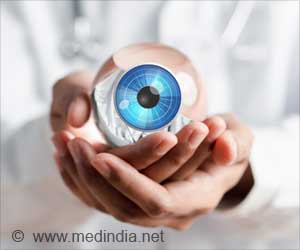
‘Machine learning technology helps better to understand congenital adrenal hyperplasia, a rare hormone disorder.’
Tweet it Now
Computers may use subtle facial features to recognize Congenital adrenal hyperplasia, stated findings of the research conducted at Children's Hospital Los Angeles. CAH is the leading cause of adrenal insufficiency in children, the condition in which the body can't produce aldosterone, adrenaline, and cortisol.
CAH is linked to increased testosterone sex hormone levels, leading to changes in genitalia for female patients. But testosterone has an effect that can be used to help identify CAH.
"It's pretty well accepted that hormones like testosterone help to shape facial features," says Mimi Kim, MD, MSc, co-Director of the CAH Comprehensive Care Clinic at Children's Hospital Los Angeles. "Since CAH causes high testosterone during development, it stands to reason that differences, even subtle ones, could be present in CAH patients." This, she says, led her to wonder whether facial morphology--a collection of physical traits--could assist clinicians in identifying patients with CAH.
"There was no established link yet between CAH and facial morphology," says Dr. Kim. This could be because facial differences are subtle enough to be missed by most clinicians. "But advances in machine learning have come a long way," she says, "especially in facial recognition."
Advertisement
Advertisement
The computers identified subtle differences in facial morphology through machine learning and correctly spotted the patients with CAH greater than 90% accuracy.
The study represents a crucial step in the path to better identifying and understanding CAH.
The findings found that not only is there an association between facial morphology and CAH, but computers can detect this association and predict CAH based on the facial features of patients.
Source-Medindia













